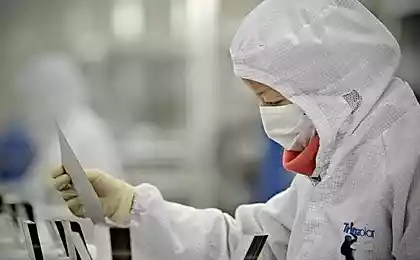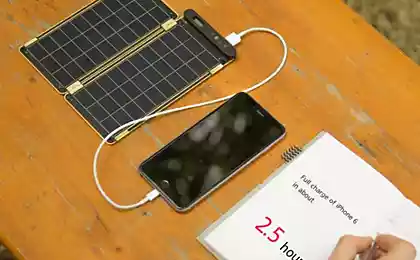209
Trina Solar teamed up with Australian scientists to develop a 24.4 percent efficiency solar cell
Trina Solar and the Australian National University’s Centre for Sustainable Energy Systems have joined forces to jointly develop a new high-efficiency solar cell.
A new solar cell with back contact in the laboratory showed an efficiency of 24.4%, according to independent testing in the German laboratory Fraunhofer CalLab. The confirmed result suggests that a cell has been developed with one of the highest efficiency rates ever tested.
Trina Solar has funded a two-year research project, which was also attended by Australian consulting company PV Lighthouse and the Solar Energy Research Institute of Singapore (SERIS).
The Chinese company is currently developing a commercial version of this solar cell, as well as a solar module assembled. During testing of the commercial version of Trina Solar, the efficiency was 22% higher than it was established in the laboratory. The company hopes to achieve an efficiency level of 24.4% in the near future, by the time of industrial mass production.
The new solar cell was independently tested at the Fraunhofer Institute, achieving a reliable efficiency of 24.4%.
“We are delighted to be collaborating with leading scientists from the Australian National University on this exciting new development in solar technology,” said Pierre Verlinden, chief scientist and vice president of Trina Solar. “This event is a major milestone in solar cell research, with solar cell efficiency up to 24.4 percent.” This high-end efficiency demonstrates our commitment to innovation in the PV market. We continue to maintain close and effective partnerships with the best research centers in the field of photovoltaics – this is fundamental to technological and scientific breakthroughs in the solar market. "
Director of the Centre for Sustainable Energy Supply Systems at the Australian National University, Andrew Blakers, echoes Mr. Verdilene of Trina Solar, adding that achieving such high efficiency of solar cells will help the laboratory make a technological breakthrough and reach great heights. “As a result, our work is expected to lead to the creation of commercial solar cells with increased efficiency, which will allow more energy from the available area of installed solar modules,” said Blakers.
The Australian National University is working to create high-efficiency silicon solar cells with back-end contacts that have both positive and negative metal contacts on the back surface. This allows the working surface of the solar cell, which faces the sun, to be completely black, without the metal conductors present on most solar cells. Such a structure of solar cells allows the end user to receive more electricity per unit area, and the battery itself has a more neat appearance.
Source: aenergy.ru





















